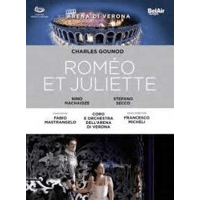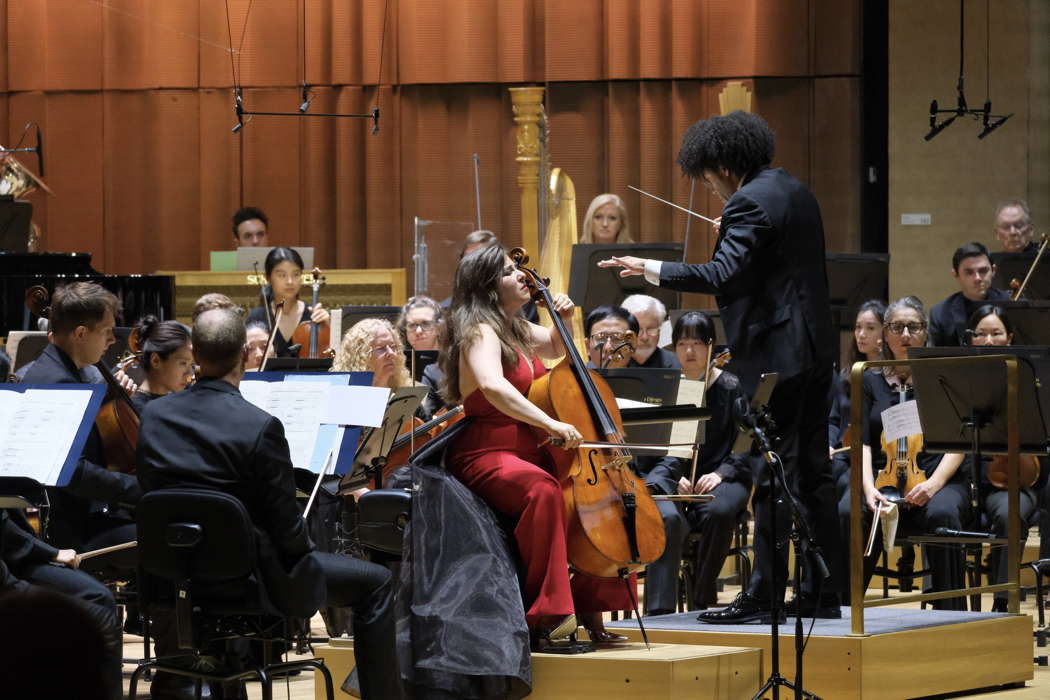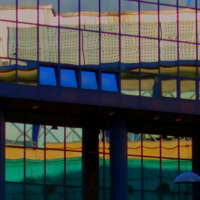 SPONSORED: DVD Spotlight. Olympic Scale - Charles Gounod's Roméo et Juliette, reviewed by Robert Anderson.
SPONSORED: DVD Spotlight. Olympic Scale - Charles Gounod's Roméo et Juliette, reviewed by Robert Anderson.
All sponsored features >>
A Plush and Robust Sound
PAUL BODINE listens to music by Unsuk Chin and Bruckner, played by Alisa Weilerstein and the San Diego Symphony Orchestra conducted by Rafael Payare
Unsuk Chin's cello concerto, performed 10 May 2025 by the San Diego Symphony and star cellist Alisa Weilerstein, commands respect. Shaped early on by the avant-garde Darmstadt School, György Ligeti's mentorship, and her work in the Technische Universität Berlin's Electronic Music Studio, Chin took to heart Ligeti's advice 'to find yourself' (authentic voice). In her fifty-plus compositions since, she's become an innovator in instrumental techniques, harmonic systems, and integrating traditional Korean music into her own.
Her cello concerto, written in 2006-8 (revised, 2013 and 2017), is the tour-de-force product of her compositional journey. It applies the Korean traditional p'ansori 'opera' form in the first movement, uses spectral microtonality based on frequency distributions, and makes unusual instrument combinations (eg celesta and two harps, etc) and choices (Japanese temple bells, Thai gongs, bamboo brushes, etc). Above all, Chin challenges the cellist in every way: scordatura tuning, unusual bowing techniques ('seagull effect' and vertical bowing), simultaneous harmonics and instantaneous leaps between registers.
The result is a complex, intimidating and often bleak work that stands or falls on the soloist's ability to inject it with humanity. Weilerstein did that from the first bar. As the orchestra clicked, clattered, chimed, snapped and occasionally exploded around her, she charted the cello's solitary, uncertain journey through Chin's menacing sound world.

Alisa Weilerstein playing Unsuk Chin's Cello Concerto with the San Diego Symphony Orchestra conducted by Rafael Payare. Photo © 2025 Ken Jacques
In the third movement, Weilerstein's dark and wandering melody vividly communicated anguish and confusion but also an eerie beauty mostly absent from the concerto's other three movements. Chin wrote the concerto for the only cellist who's ever recorded it, Alban Gerhardt. But exploiting her 1720 Domenico Montagnana's rich, fuller tone, Weilerstein injected greater warmth into the part's harsh landscape. For making the piece emotionally accessible - and navigating its hurdles - Weilerstein more than earned her standing ovation.

Alisa Weilerstein, Rafael Payare and the San Diego Symphony Orchestra sharing the applause at the end of their performance of Unsuk Chin's Cello Concerto. Photo © 2025 Ken Jacques
Anton Bruckner's Seventh Symphony might seem like an antipodal pairing. But he and Chin are twins of a sort. Both have stubbornly distinctive styles that didn't conform to any reigning school, both struggled to find popular acceptance - Bruckner's came only with the Seventh in 1885; he was sixty - and both were/are innovators: Bruckner in his chromaticism, new conception of symphonic form, etc.
Shaping his forces through sweeping arm movements and sculpting hand gestures, Rafael Payare's enforcement of unison, choreography of dynamic contrast and awareness of the larger arc were faultless. To ward off Brucknerian longueurs, he kept each movement's tempos on the brisk side - total time, fifty-eight-plus minutes. The first movement had majesty, the adagio fluid grace, the scherzo drive and panache, the Finale swagger.

The San Diego Symphony Orchestra conducted by Rafael Payare playing Bruckner. Photo © 2025 Ken Jacques
Aided by principal Christopher Smith's trumpets and principal Aaron McCalla's five tubas (four Wagners), the Symphony's brass brought appropriately massive heft and blare, despite some uneven entrances and occasional intonation wobbles. From Jeff Thayer's violins and Yao Zhao's cellos to Chi-Yuan Chen's violas and Jeremy Kurtz-Harris's basses, the San Diego strings stepped up with a plush and robust sound.
Copyright © 13 May 2025
Paul Bodine,
San Diego, USA




